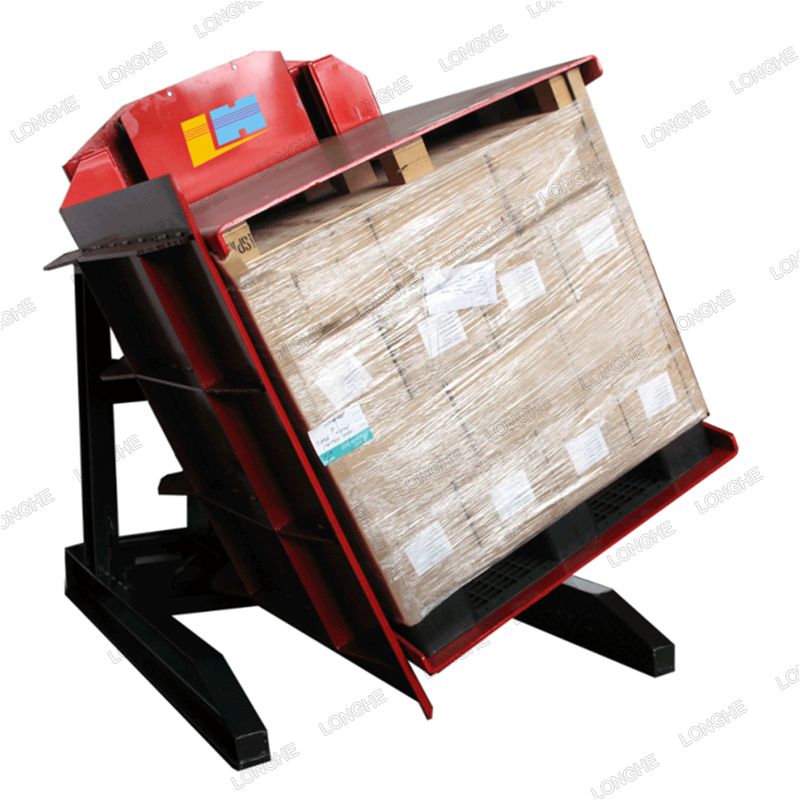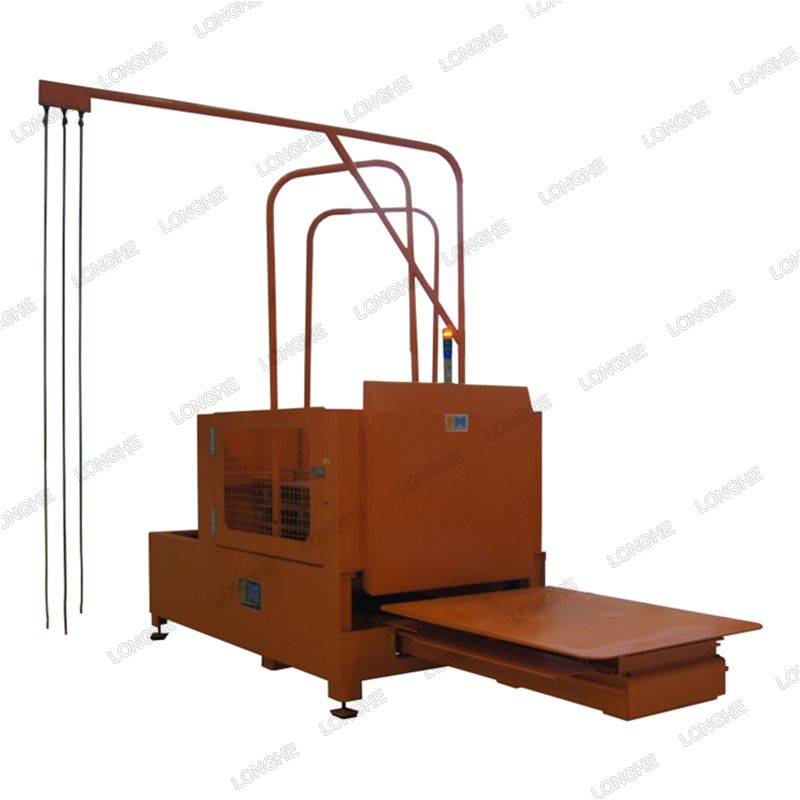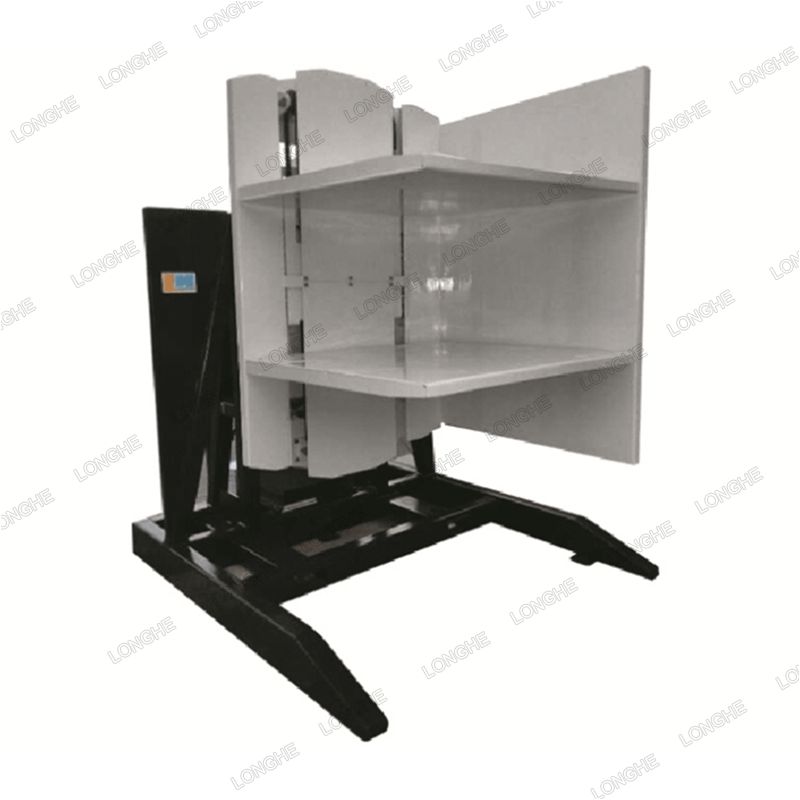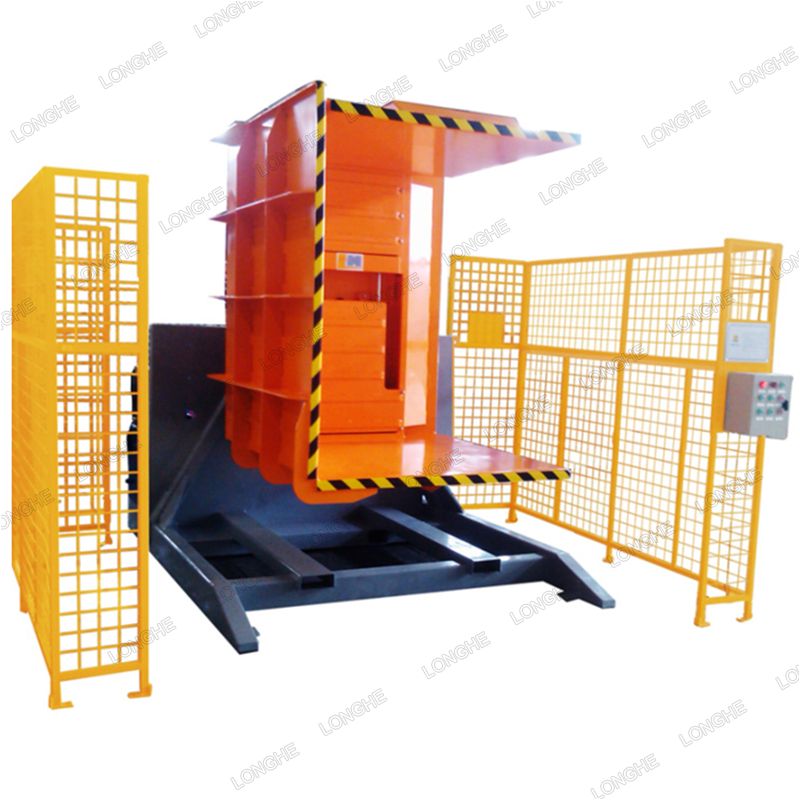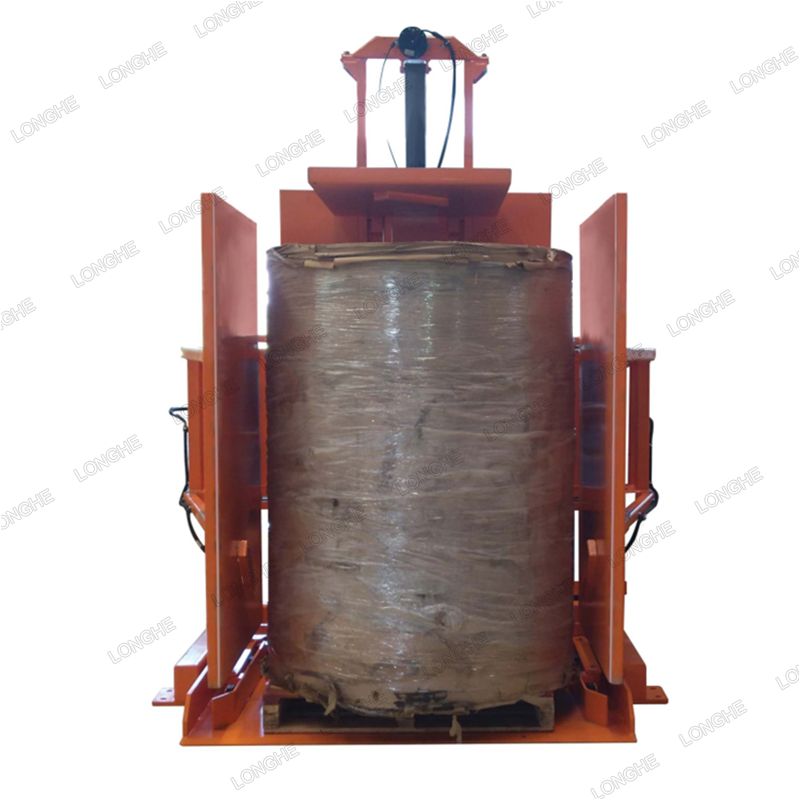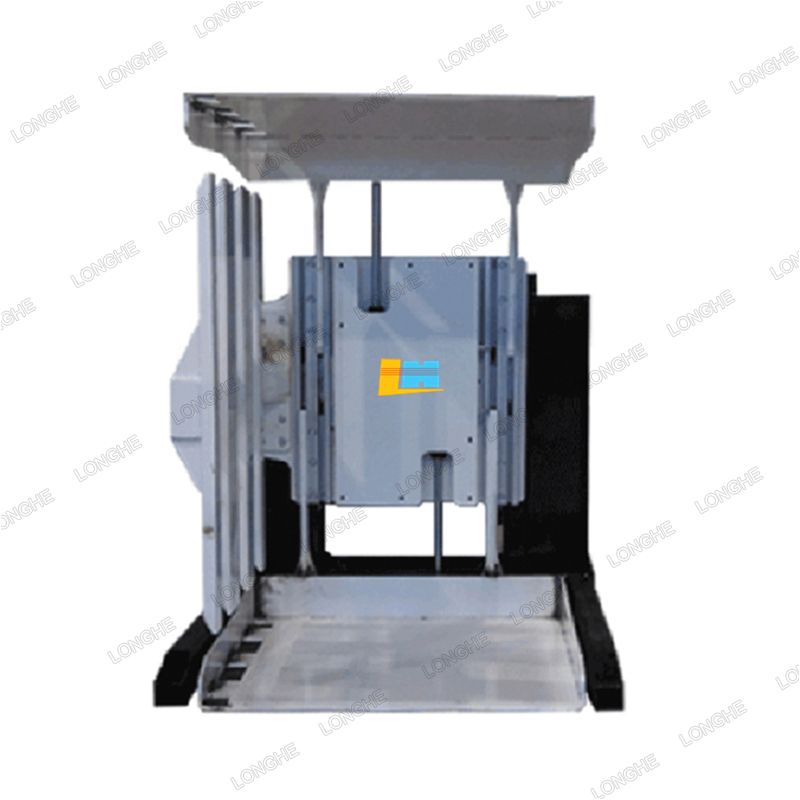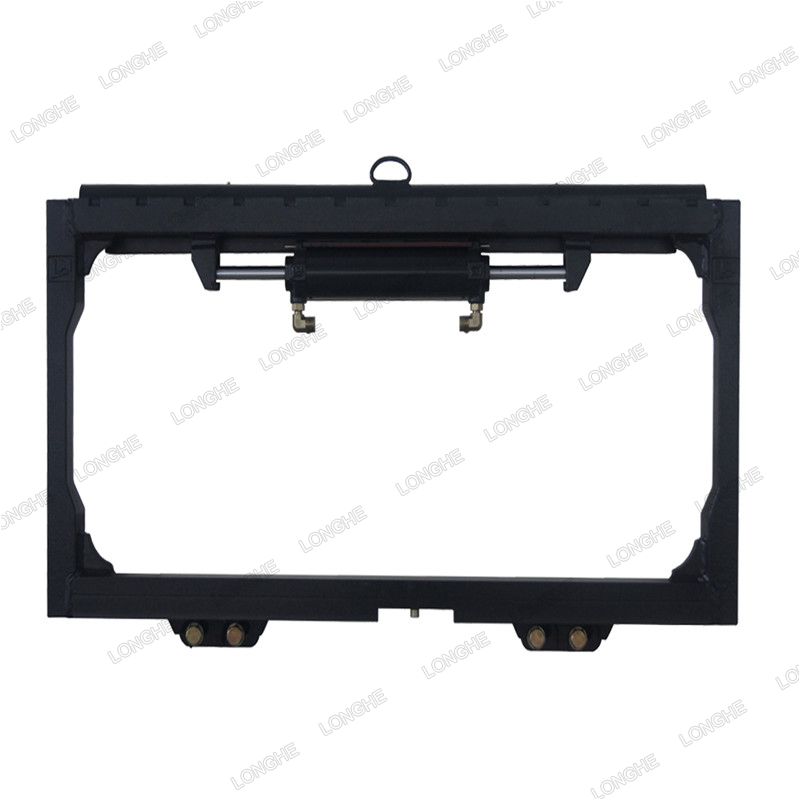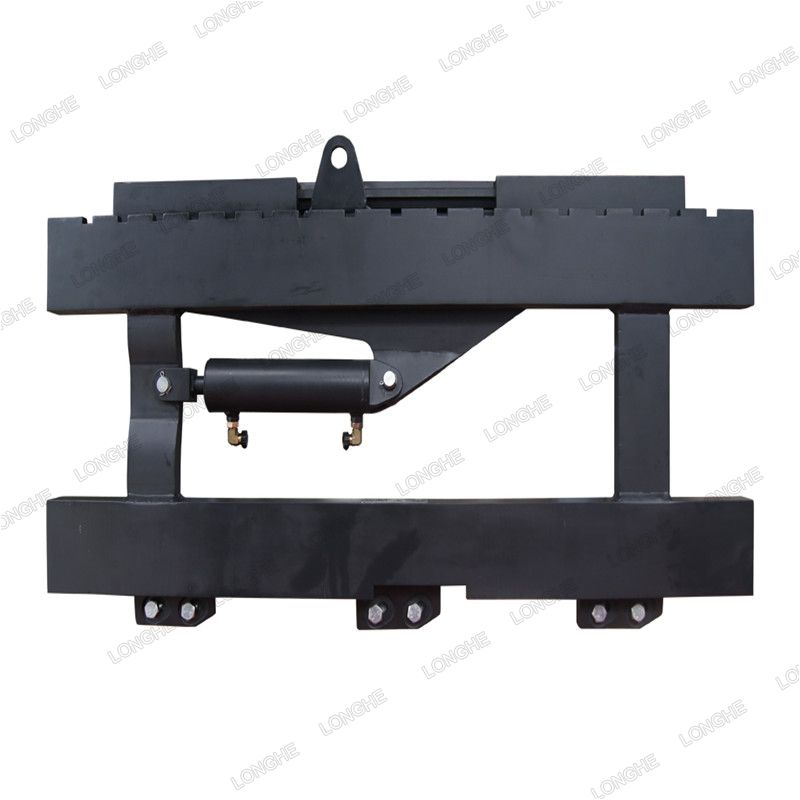Every warehouse worker understands the exhaustion and time commitment involved in moving heavy inventory. That's why pallet trucks are essential tools in warehouse operations. These devices enable personnel to transport palletized materials from Point A to Point B with increased speed, efficiency, and ease.
What exactly are pallet jacks, and how do they enhance productivity in warehouses and distribution centers? This comprehensive pallet truck guide provides all the information you need to know.
What Is the Purpose of a Pallet Inverter?
The pallet inverter is designed to provide reliable and efficient means of inverting loads for housekeeping, presentation, sanitation or safety reasons.
What Are Pallet Trucks?
Pallet trucks, also known as "pallet jacks" or "walkies," are essential devices used to lift, carry, and transport inventory. While commonly found in warehouses, they are also used in other commercial settings like retail and grocery stores. Pallet trucks consist of several key components that work together to move heavy loads efficiently:
- Handle: Located at the front, the handle controls the direction of the truck. For manual models, it allows steering left or right, while electric models often feature a twist function to move the vehicle forward or backward.
- Forks: These are flat structures that support and stabilize materials during transport. Typically, pallet trucks have two forks designed to hold pallets securely.
- Control Lever: In manual pallet jacks, this lever enables the operator to raise and lower the forks, facilitating easy lifting and setting down of loads.
- Hydraulic Pump: Positioned at the base of the handle, the hydraulic pump powers the lifting mechanism. It works in tandem with the handle to raise and lower the forks.
- Steer Wheels: Found below the hydraulic pump and handle, these wheels enable the operator to steer the pallet jack. Typically, pallet trucks are equipped with two steer wheels.
- Load Wheels: Located under the pallet forks, load wheels bear the weight of the cargo. They aid in loading and unloading by reducing friction. Depending on the model, a pallet truck can have two or four load wheels.
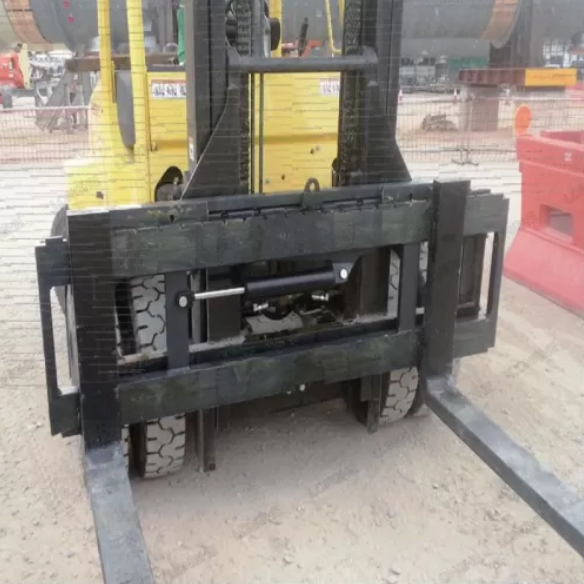
Pallet Trucks vs. Forklifts
Pallet jacks and forklifts are both essential tools for transporting palletized loads, but they differ in several key aspects:
- Load Capacity: Forklifts generally have a higher load capacity than pallet trucks. Internal combustion and electric forklifts can often lift up to 19,000 pounds, while larger pallet jacks typically handle up to 10,000 pounds.
- Size: Pallet trucks are smaller and more portable than forklifts, making them better suited for navigating tight spaces and narrow warehouse aisles. This makes them ideal for smaller work areas with space restrictions.
- Cost: Pallet trucks are generally less expensive than forklifts, making them a more budget-friendly option for businesses with lighter load requirements.
Types of Pallet Trucks
There are two main types of pallet jacks:
1. Manual Pallet Trucks
Manual pallet jacks are the most basic type and are operated entirely by hand. They feature a control lever and handle for lifting and lowering the forks. Manual pallet trucks are ideal for handling light to medium loads and are a cost-effective option for simple tasks.
2. Electric Pallet Trucks
Electric pallet jacks, also known as powered pallet trucks, incorporate an electric motor that controls the hydraulic pump. This motor allows the operator to easily move the truck forward and backward using a twistable throttle on the handle. Electric pallet trucks can be powered by lead-acid or lithium-ion batteries.
The inclusion of an electric motor reduces operator effort, decreases strain, and improves efficiency. However, operators still need to walk alongside the electric pallet jack during use. Additionally, electric models tend to be more expensive and require more extensive operator training compared to manual models.
Uses of Pallet Trucks
Pallet trucks are versatile tools that streamline the transportation of various products in stores and warehouses. They are commonly used for moving building materials, automotive parts, electronics, appliances, foods, and beverages. Items can be loaded in different containers, such as boxes, bags, drums, and crates.
Pallet trucks can expedite several key warehouse processes, including:
- Shipping and Receiving: Pallet trucks facilitate the quick unloading of product shipments upon arrival at warehouses and help move items to their designated storage locations. They also speed up the loading process when preparing pallets for outbound delivery vehicles.
- Storage and Retrieval: Pallet jacks are essential for efficient storage and retrieval in organized pallet racking systems. Their ability to navigate narrow aisles allows for easy access to pallets stored in various locations and heights, making inventory management more efficient.
- Order Picking: Order picking can be a time-consuming and labor-intensive task. Pallet trucks simplify this process by allowing operators to transport multiple pallets simultaneously, reducing the number of trips required and increasing overall efficiency.
Benefits of Pallet Trucks
Pallet jacks offer significant advantages for lifting and moving heavy loads efficiently. They simplify the task of transporting goods and reduce the need for manual handling. Here are some key benefits of incorporating pallet jacks into your warehousing operations:
1. Increased Productivity
In a warehouse, efficiency directly impacts the bottom line. Pallet jacks speed up the process of moving heavy loads compared to manual lifting and carrying. They allow for the simultaneous movement of multiple pallets, reducing the number of trips required and covering more ground in less time. By making loading and unloading easier, pallet jacks minimize downtime and enhance overall productivity.
2. Enhanced Safety
Warehousing involves physically demanding tasks that can lead to repetitive strain injuries, such as:
- Bending down
- Lifting, carrying, and placing heavy boxes
- Reaching for items on high shelves
Pallet jacks help reduce the risk of these injuries by minimizing manual lifting and carrying. They also decrease worker fatigue and improve overall safety, contributing to a more comfortable work environment. Additionally, by reducing the risk of dropping heavy loads, pallet jacks help protect inventory quality.
3. Versatility and Flexibility
Available in various configurations and sizes, pallet jacks accommodate different pallet dimensions and weights. Their compact design allows them to navigate tight spaces where larger forklifts may not fit. This versatility makes pallet jacks suitable for a wide range of environments, from large warehouses to smaller retail settings.
Browse our pallet truck inventory to find the ideal solutions for your material handling needs. Contact our team if you have questions about finding the right products.




